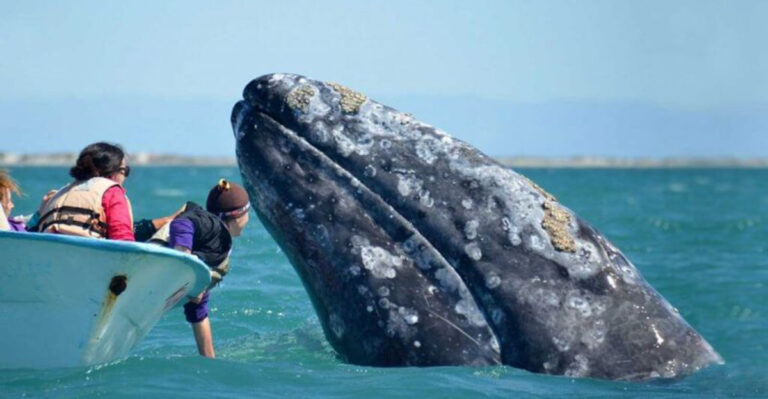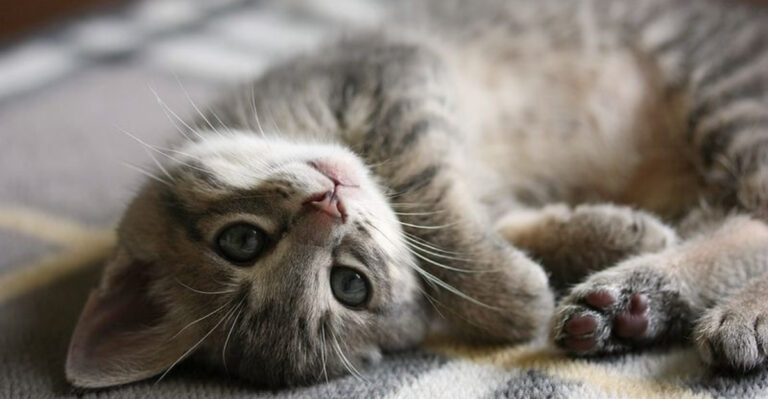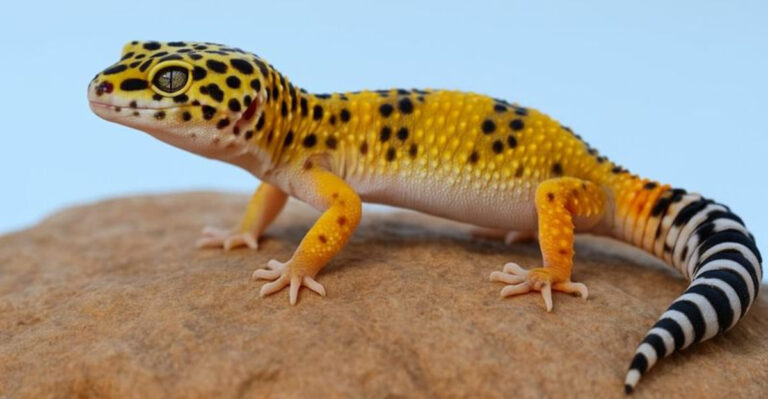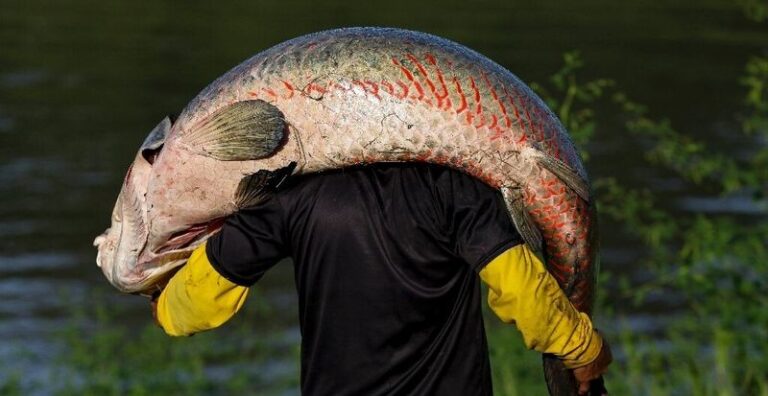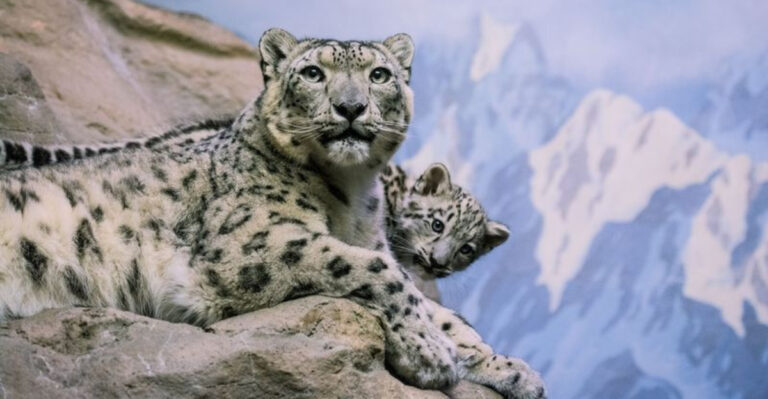15 Fascinating Facts About Koalas To Celebrate National Wild Koala Day
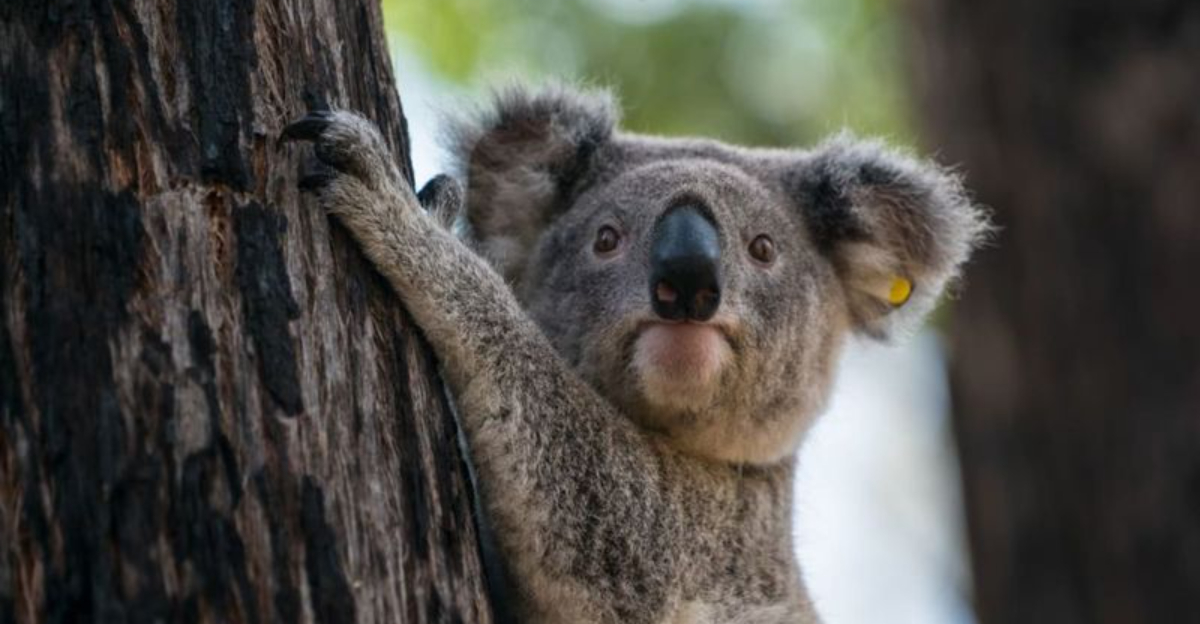
Koalas are one of the most endearing animals in Australia, yet there’s so much more to them than their cute appearance. From their unique fingerprints to their sleepy nature, koalas are full of surprises.
1. Koalas Are Not Bears
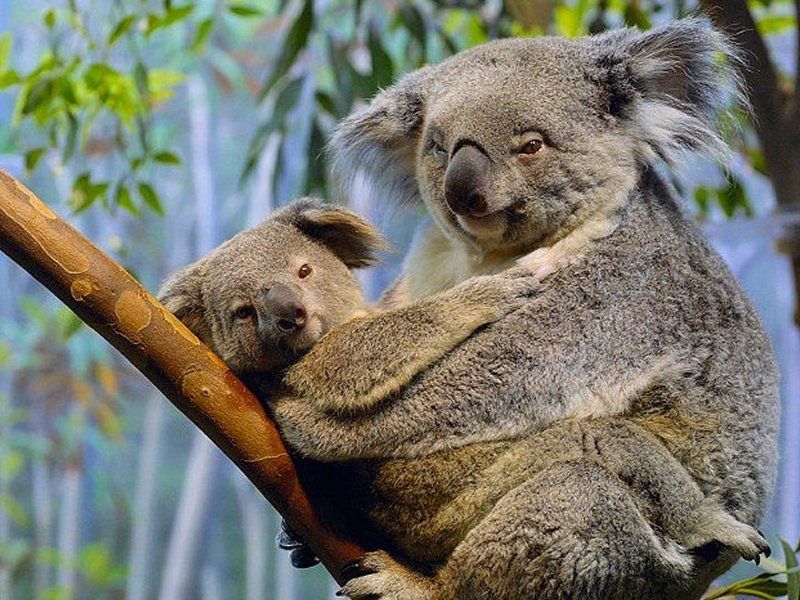
Despite being commonly called “koala bears,” koalas are actually marsupials, not bears. They belong to the family Phascolarctidae and are more closely related to wombats and kangaroos.
This unique family connection shapes much of their behavior and ecology. Interestingly, their bear-like appearance is purely coincidental. Koalas have evolved to fill a specific niche in the environment, feeding almost exclusively on eucalyptus leaves.
2. Koalas Sleep Up To 18 Hours A Day
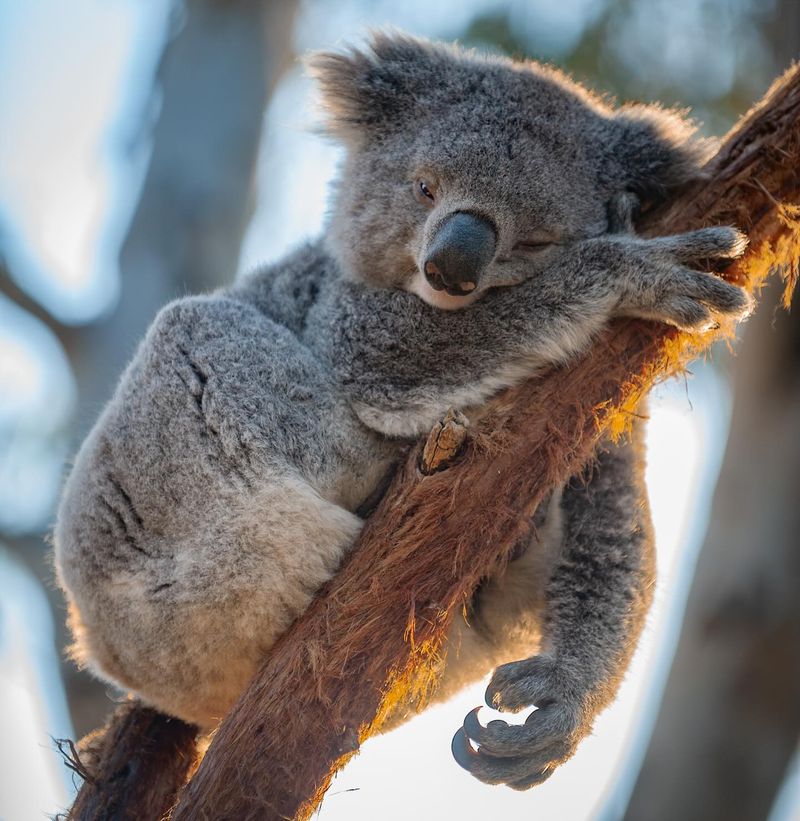
Koalas are known for their long naps! They can sleep anywhere from 18 to 22 hours a day, mostly due to their low-energy diet of eucalyptus leaves, which require a lot of digestion time.
This sleepy lifestyle has made them a symbol of relaxation and tranquility. When they are awake, koalas spend their time eating, but even then, they move slowly to conserve energy.
3. Koalas Have A Unique Fingerprint

Just like humans, koalas have fingerprints that are almost indistinguishable from human ones. Their prints are so similar to ours that even experts can have trouble telling them apart.
This remarkable similarity is a result of convergent evolution, where different species develop similar traits. Koalas rely on their sensitive touch to navigate through trees, making their fingerprints incredibly useful.
4. Koalas Eat Only Eucalyptus Leaves
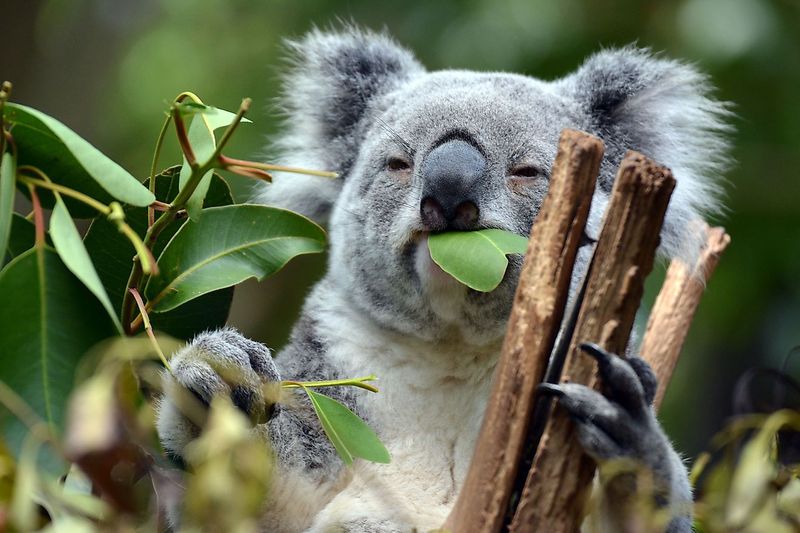
Koalas are highly specialized eaters, with eucalyptus leaves making up 99% of their diet. They can consume up to 2.5 kilograms of leaves each day, but they are very selective, only eating certain types.
Their picky eating habit is crucial for their survival, as not all eucalyptus leaves are safe for consumption. Their specialized diet limits their habitat to areas rich in these trees.
5. Koalas Are Great Climbers
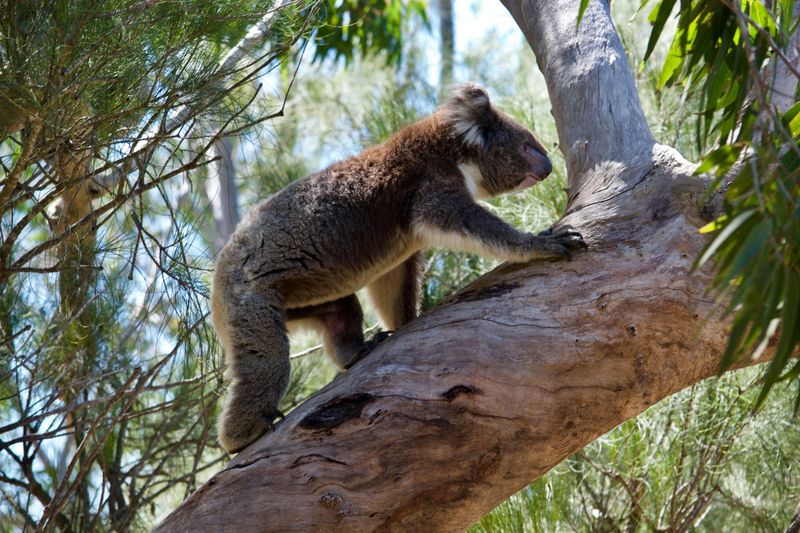
Koalas are expert climbers and spend most of their time in eucalyptus trees. Their sharp claws and strong limbs allow them to scale trees with ease, where they find safety and food.
The arboreal lifestyle is vital for avoiding ground-based predators. Koalas have adapted to navigate the treetops, where they can leisurely munch on leaves and nap undisturbed.
6. Koalas Have A Low Metabolism
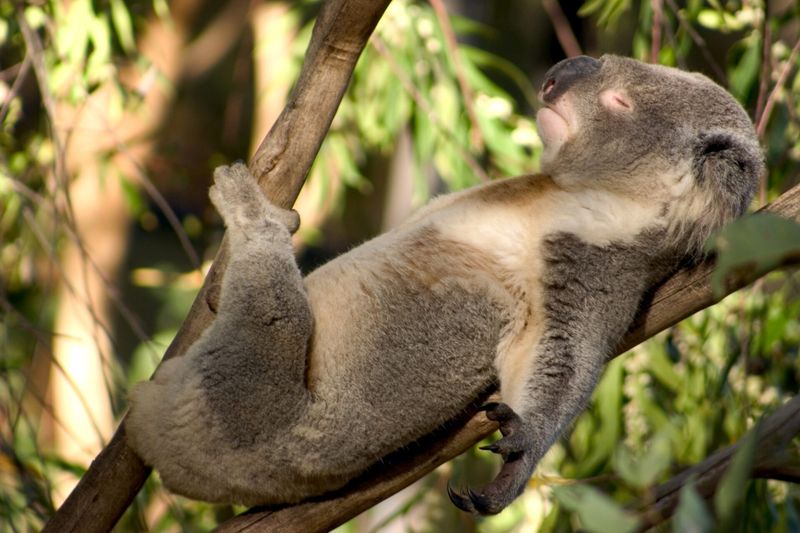
Koalas have a very slow metabolism, which is why they sleep so much. Their diet of eucalyptus leaves provides little energy, so they conserve it by resting throughout the day.
It allows them to survive on a diet that would be inadequate for most animals. By living a slow-paced life, koalas have become masters of energy efficiency, thriving in their unique way.
7. Koalas Are Solitary Creatures
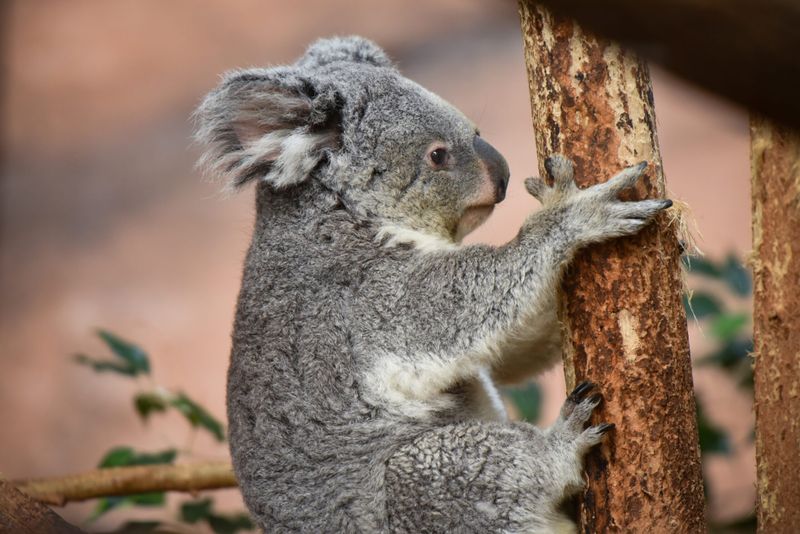
Koalas are generally solitary animals, with males and females coming together only for mating. Each koala has its own home range, which it defends from other koalas. This solitary behavior helps reduce competition for food.
Koalas communicate through vocalizations and scent markings to establish territories. Their solitary nature is a key aspect of their lifestyle, allowing them to thrive individually.
8. Koalas Communicate With Grunts And Bellowing Calls
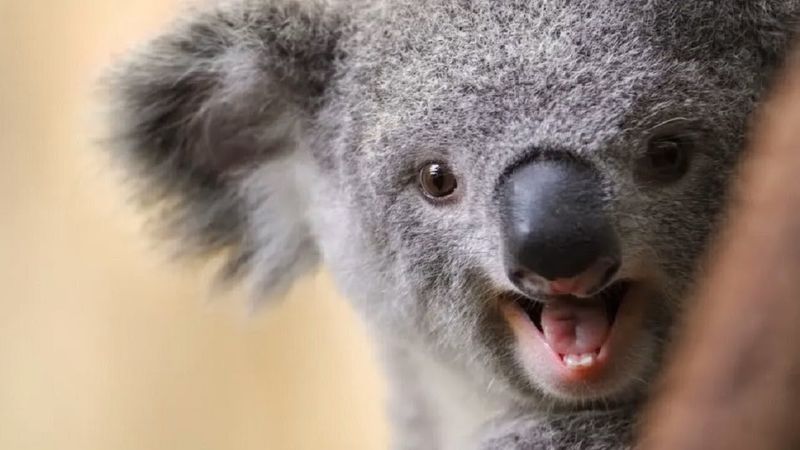
Though quiet most of the time, koalas have a surprisingly loud call. Males often bellow to communicate with other koalas, especially during mating season, with their calls echoing through the trees.
These vocalizations play a crucial role in establishing territory and attracting mates. Koalas use a combination of grunts, snores, and bellows, making their communication as unique as they are.
9. Koalas Have A Special Pouch For Their Babies
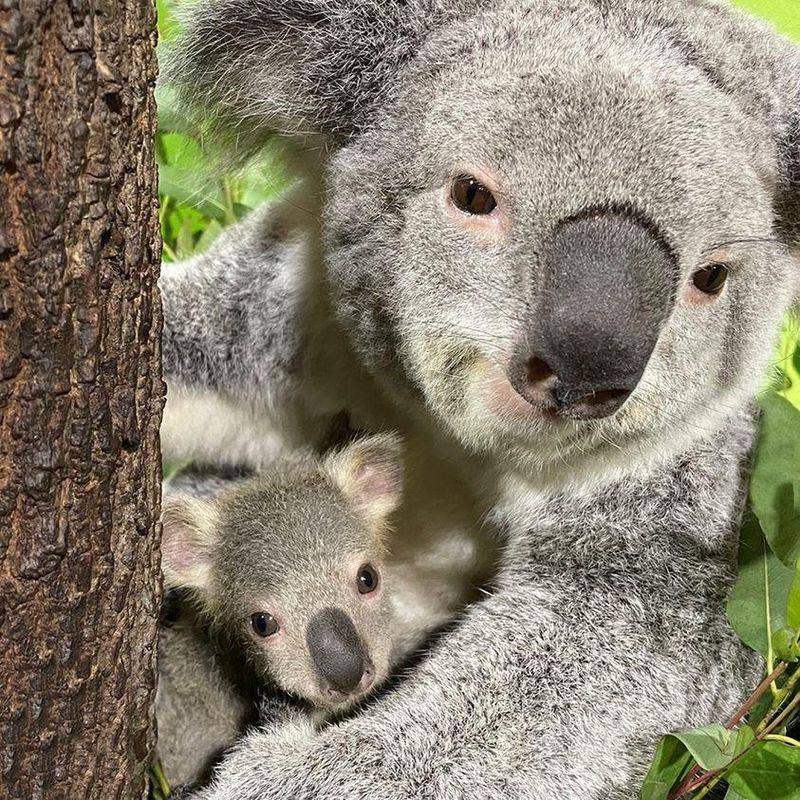
Like other marsupials, female koalas carry and nurse their babies in a pouch. The young koala, called a “joey,” spends about six months in the pouch before emerging to cling to its mother’s back.
This pouch provides a safe environment for the underdeveloped joey to grow. The bond between mother and joey is strong, with the young relying on their mothers for security and sustenance.
10. Koalas Can Live Up To 10 Years In The Wild
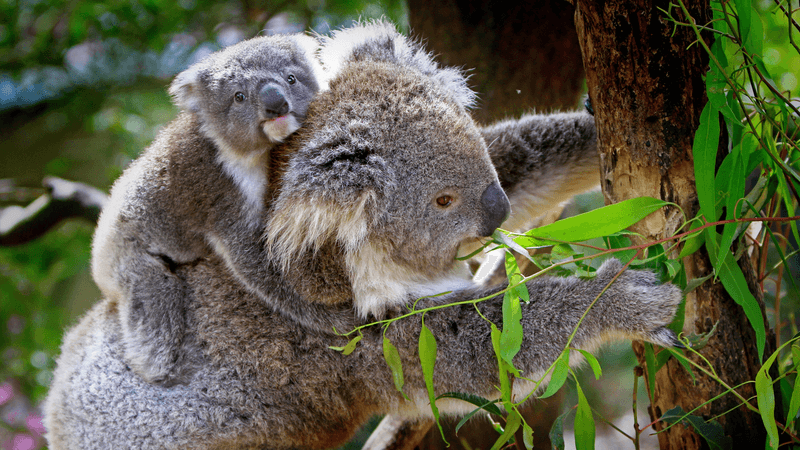
In the wild, koalas can live anywhere from 10 to 12 years, though they often face challenges such as habitat loss and disease.
Their lifespan in captivity may be longer due to better care. Conservation efforts are vital to ensure future generations of koalas continue to thrive in the wild.
11. Koalas Have A Keen Sense Of Smell
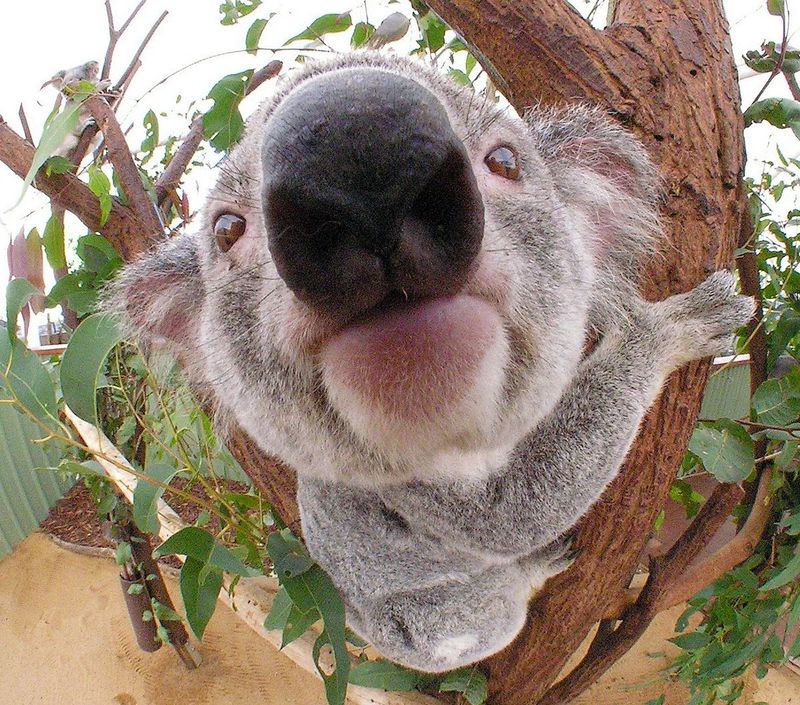
Koalas have an excellent sense of smell, which helps them locate the best eucalyptus leaves. They can identify the right leaves from a distance and avoid those with toxins.
This olfactory prowess allows them to thrive in their environment, choosing only the safest and most nutritious leaves. Their sense of smell is a vital tool in their survival, guiding them to the best feeding spots.
12. Koalas Are An Icon Of Australian Wildlife
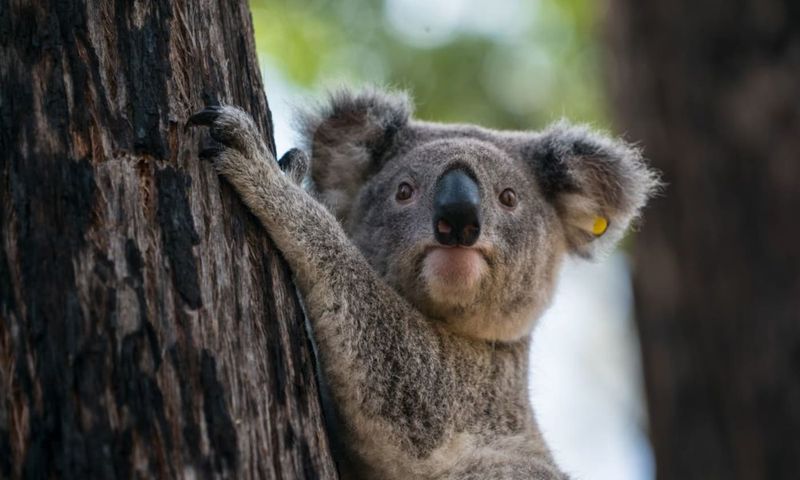
Koalas are often considered Australia’s most iconic animal, representing the country’s unique biodiversity. Their cute appearance and distinct lifestyle make them a symbol of Australian wildlife. This status has helped drive conservation efforts to protect their natural habitat.
Koalas capture the imagination of people worldwide, embodying the spirit of the Australian wilderness and its diverse ecosystem.
13. Koalas Have Different Regional Variations
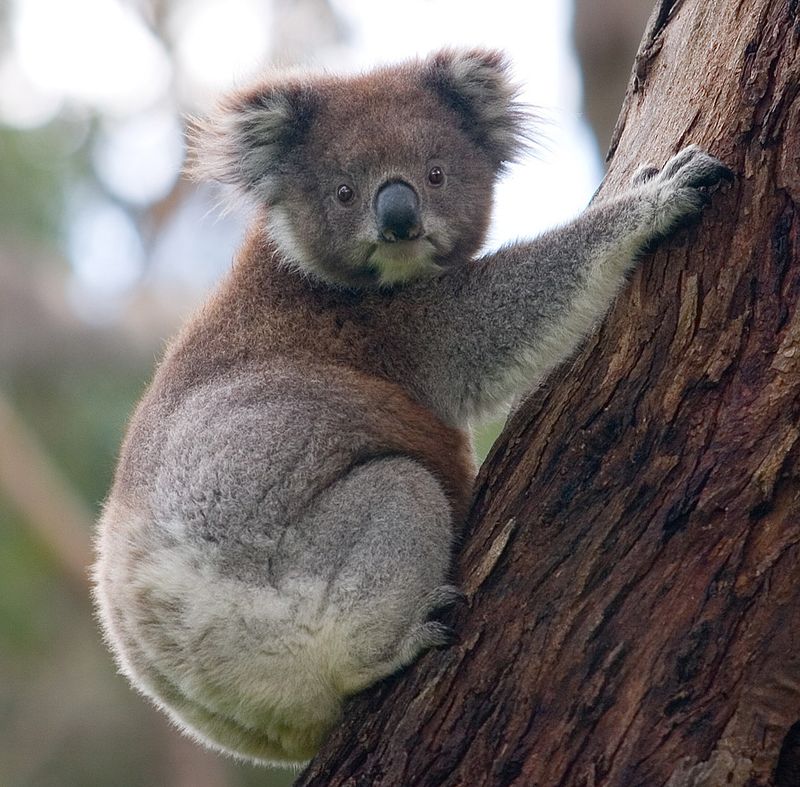
There are several regional populations of koalas, each adapted to different environmental conditions.
Some koalas have thicker fur in cooler southern areas, while those in the north have lighter fur to cope with the warmer climate. These adaptations allow koalas to thrive across a range of habitats in Australia.
14. Koalas Are Facing Threats To Their Survival
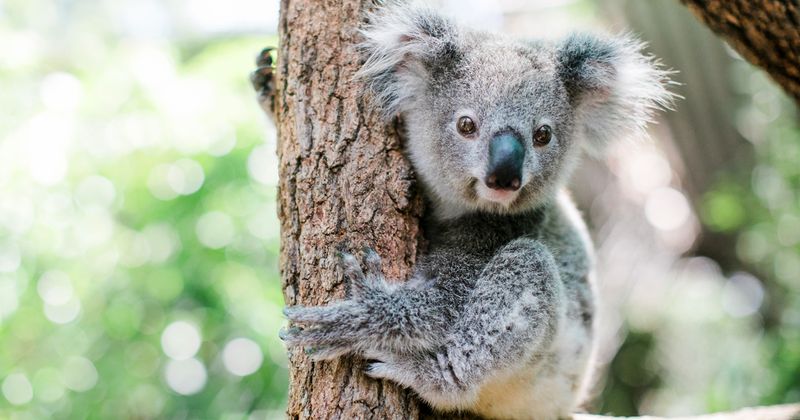
Koalas face several threats, including habitat destruction, disease, and climate change. Conservation efforts are in place to protect them, but their populations continue to decline, especially due to wildfires and urbanization.
These challenges underscore the importance of preserving their natural habitat. Through awareness and action, we can help ensure that koalas continue to thrive for future generations.
15. Koalas Have Large Ears
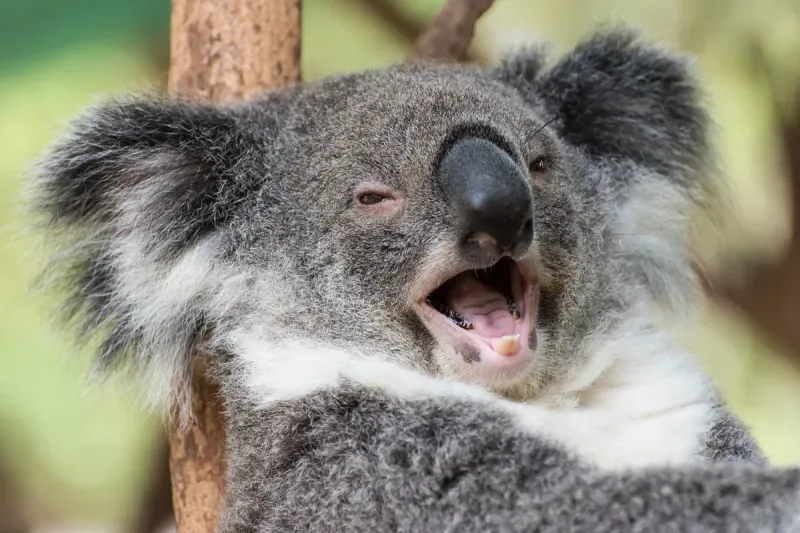
Koalas’ large, round ears are not only adorable but also help them hear predators and other koalas. Their ears are highly sensitive and are designed to pick up even the smallest sounds in the forest.
This acute sense of hearing aids in their survival, alerting them to potential dangers. Large ears are just one of many unique features that make koalas so fascinating.


